Day 4: Bethlehem
Our first excursion from Jerusalem was to Bethlehem, the traditional birthplace of Jesus (Matthew 2, Luke 2).
The modern city itself has a largely Arab population and is under control of the Palestinian Authority. Although the Arab-Jewish conflict was largely invisible for much of the previous parts of the tour, it was impossible to ignore here. The separation from Jewish Israel is physically embodied in a massive concrete security wall, which has been stunningly successful in preventing suicide bombings, but which has also been stunningly successful in ghettoizing the community. The wall is a fearsome structure made even more imposing by the security procedures needed to get through it. Our driver explicitly said not to take photos during the trip through the checkpoint and the return trip through the checkpoint involved a boarding by well-armed (but surprisingly cordial) border guards and an examination of the luggage area to assure that none of The Other got through.
Some kind of legal arrangement prevents tour groups from bringing Jewish tour guides into Bethlehem. We dropped off our Jewish guide, Tzachi, before heading to Bethlehem and picked up a very pleasant Arab guide named George just past the checkpoint. George was quick to point out the desperate state of the economy in Bethlehem, where the dominant industry is tourism and many young people need to go abroad to find work. The siege mentality is palpable.
The traditional birthplace of Jesus in Bethlehem is the Church of the Nativity. In addition to the conflict embodied in the modern city of Bethlehem, the church is a maelstrom of contention in itself. Aside from the crushing mob of unruly pilgrims from around the world, the church is shared by three denominations that have vied for control of this holy site for centuries: Greek Orthodox, Roman Catholic (the Franciscan Order) and Armenian Orthodox.
Beneath the alter is the Grotto of the Nativity, a cave that once resembled the type of space that might have been used as a barn back in the day. However, the cave has been expanded, surfaced and ornamented so that it bears absolutely no resemblance to anything like the manger of the Bible or the Western imagination. The traditional spot of Jesus birth is marked with a silver star and the surrounding grotto is a cramped madhouse.
John Shelby Spong in his book Jesus for the Non-Religious (2007, pp 15-24) makes a case from biblical evidence, geography and historical context that the citing of Jesus birth in Bethlehem was an interpretive flourish by the Gospel writers rather than a literal event. A birthplace in Bethlehem may not have been a fulfillment of old testament prophecy, but rather a literary device used to conceptualize messianic claims for Jesus in writings targeted at a Jewish audience. Luke says a Roman census brought a pregnant couple 100 miles down from Nazareth on foot, while Matthew simply opens his story in Bethlehem and has the couple moving to Nazareth later. There is no mention of such an ancestral census at any time in ancient writings, and given that Matthew places 41 generations between David and Jesus, the number of people who could claim lineage from David might well be in the millions - not that the Romans would care or have any records to verify any of that anyway. The presence of stars and shepherds and wise men raises an additional set of questions about how much of the Bethlehem story is symbolism and how much is literal history.
Bethlehem was an experience that was enlightening, although both my mother and I found aesthetically and spiritually disappointing. If you're looking for Jesus, this may not be the best place to start.
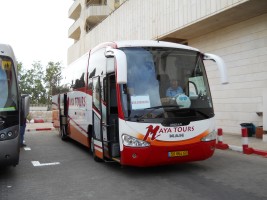
The bus
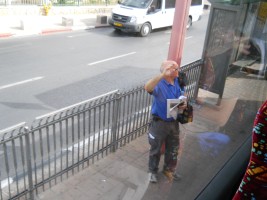
Dropping off Tzachi
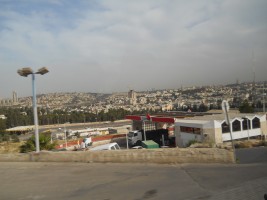
Jerusalem
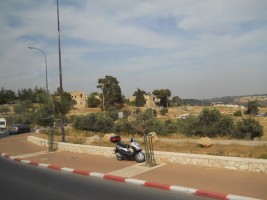
Jerusalem
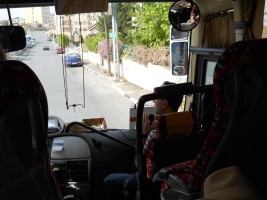
Arab tour guide - George
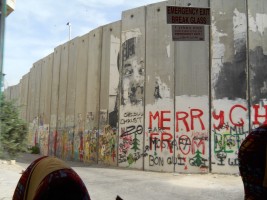
Security wall
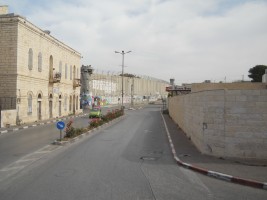
Security wall
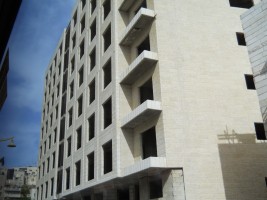
Housing bubble?
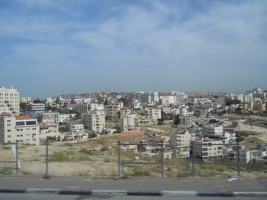
Bethlehem
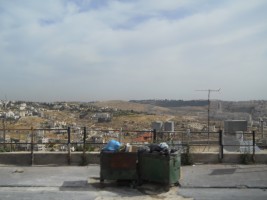
Bethlehem
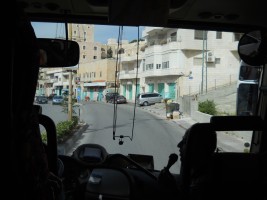
Bethlehem
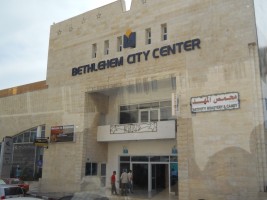
Bethlehem
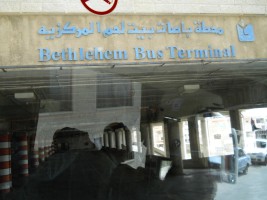
Bus terminal
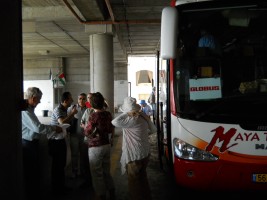
Disembarking
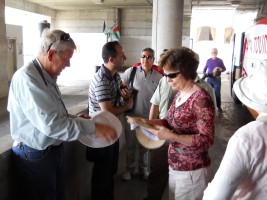
George
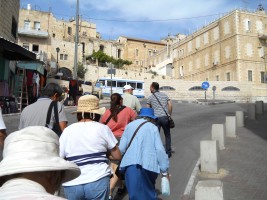
Bethlehem
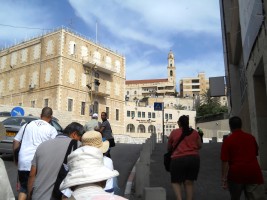
Bethlehem
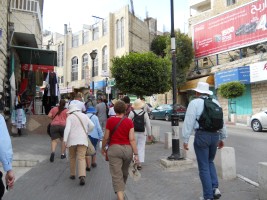
Bethlehem
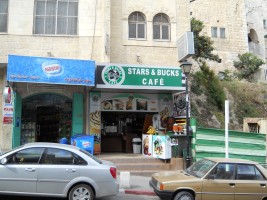
Where there ain't no ten commandments...
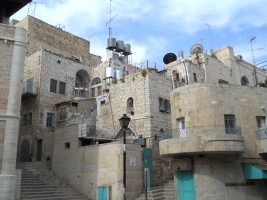
Bethlehem
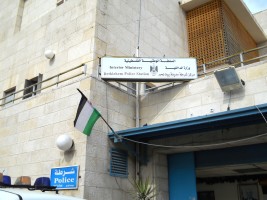
Bethlehem police station
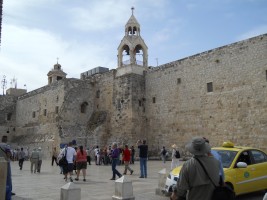
Church of the Nativity
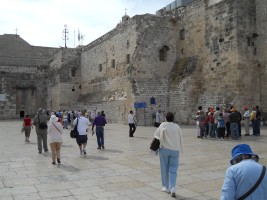
Church of the Nativity
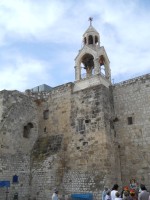
Church of the Nativity
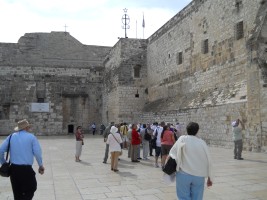
Church of the Nativity
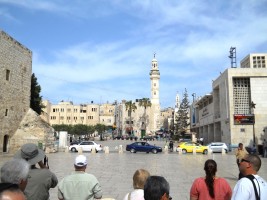
Manger square

Mosque of Omar
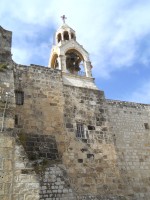
Church of the Nativity
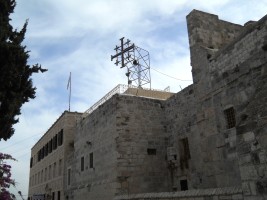
Crusader cross
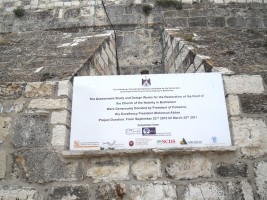
Roof restoration
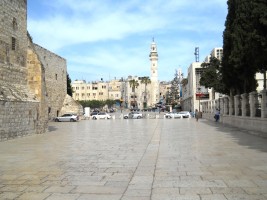
Manger Square
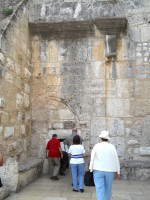
Three concentric entrances to church
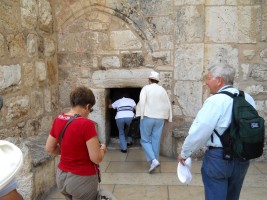
Entrance forces you to bow
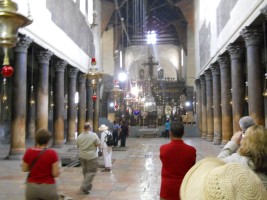
Church of the Nativity
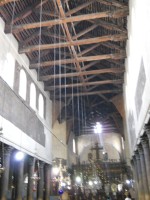
Ceiling
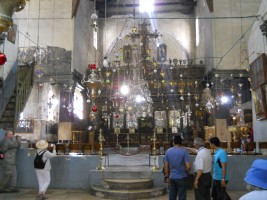
Alter
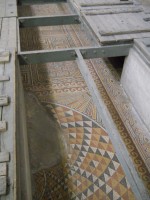
Byzantine mosaics

Hanging lamps
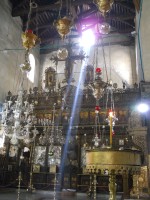
Light shaft
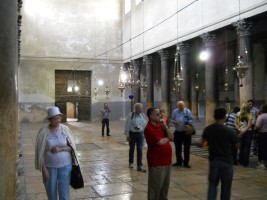
Nave
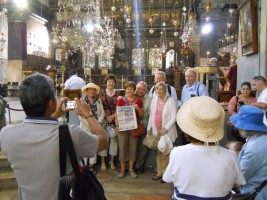
Group photo
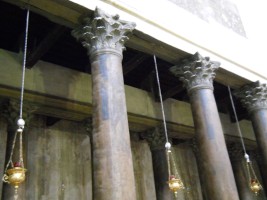
Crusader-era paintings on columns
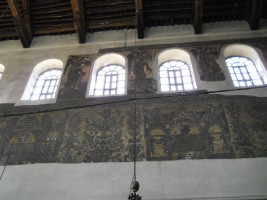
Windows
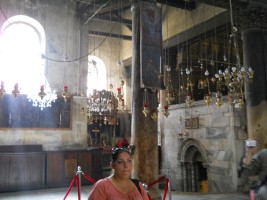
Transept
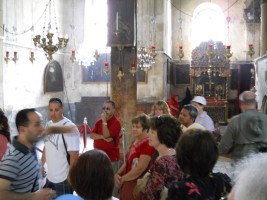
George describing the church
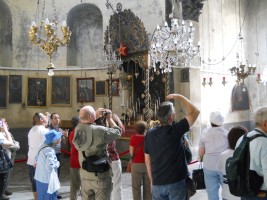
Transept
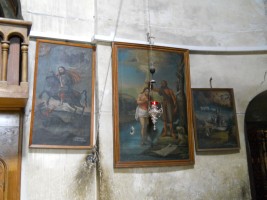
Paintings
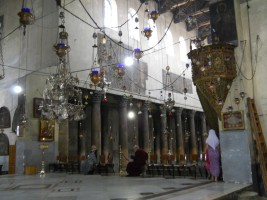
Priests resting in chancel
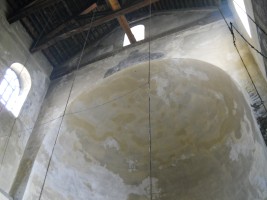
Apse
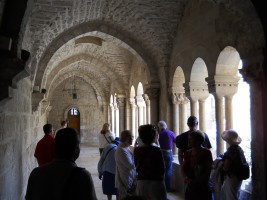
Cloisters
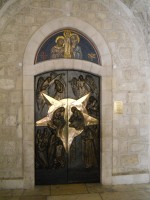
Door
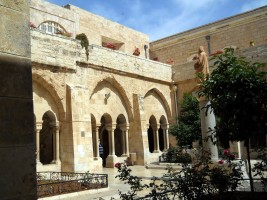
Cloisters
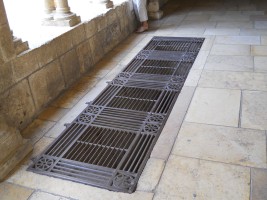
Cave ventilation
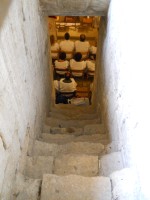
Mass
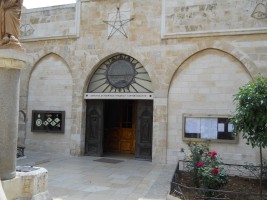
Facade of Church of St. Catherine
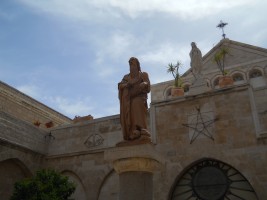
Jerome
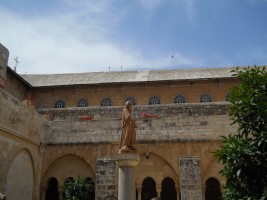
Jerome
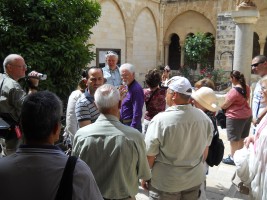
George
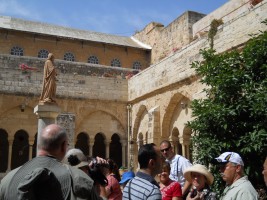
Jerome, George and group in courtyard
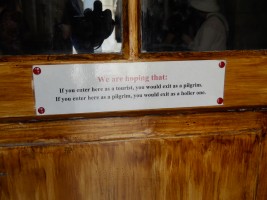
Enter as a tourist, exit as a pilgrim
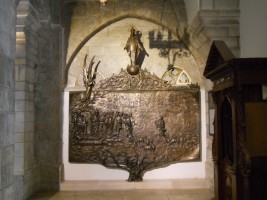
Bas relief, Church of St. Catherine
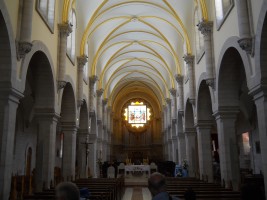
Church of St. Catherine
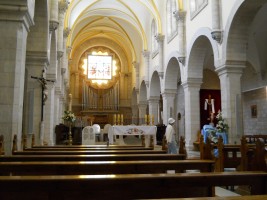
Church of St. Catherine

Tourists
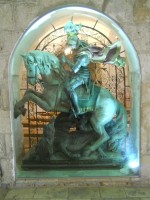
Why the crusaders are hated
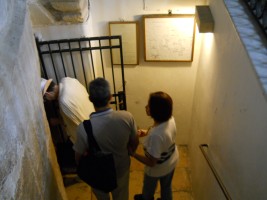
Descending into the cave under St. Catherine
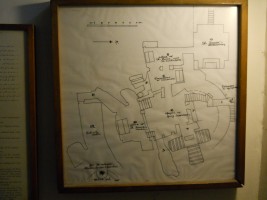
Basement map
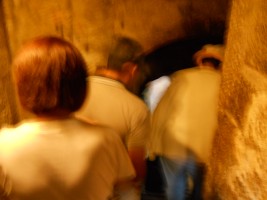
Descending into the cave
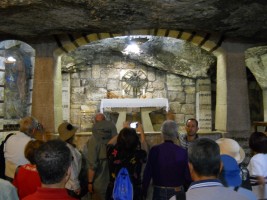
St. Joseph's Dream
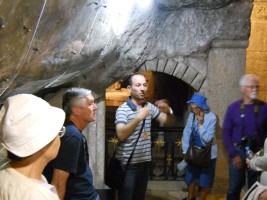
George
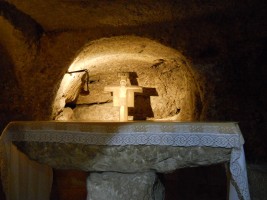
Cross and alter
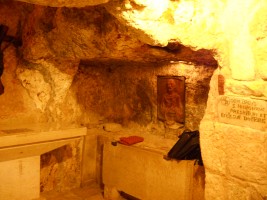
Where Jerome translated the Vulgate?
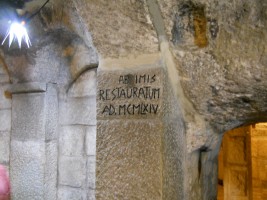
Restored 1964?
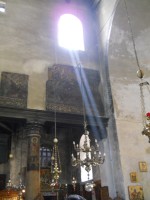
Shafts of light in Church of the Nativity
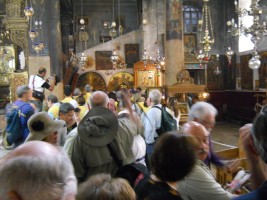
In line to see the grotto
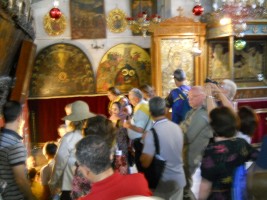
In line to see the grotto
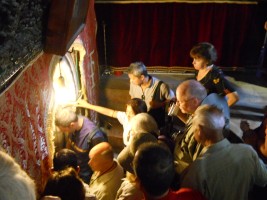
Into the grotto

Into the grotto
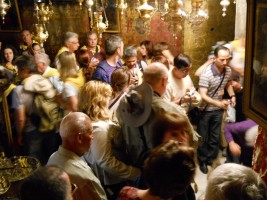
Pandamonium in the grotto
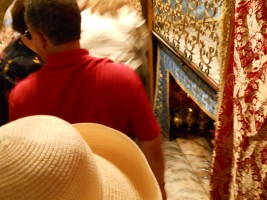
Birthplace of Jesus
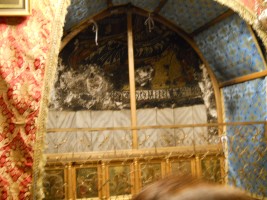
Over the birthplace of Jesus
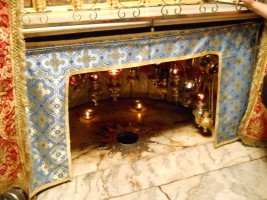
Birthplace of Jesus
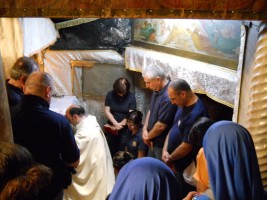
Mass in grotto
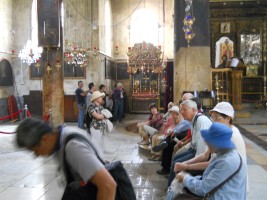
Resting
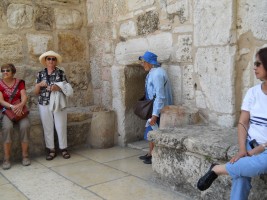
Leaving the Church of the Nativity
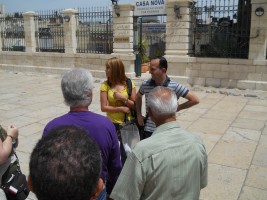
George and wife
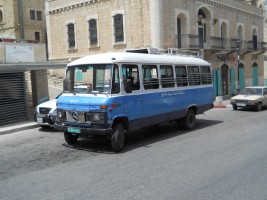
Mercedes bus
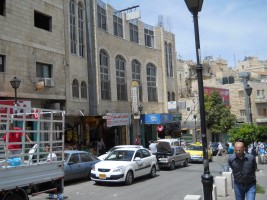
Bethlehem
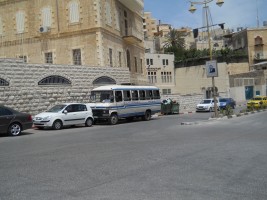
Bus
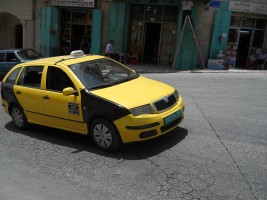
Taxi
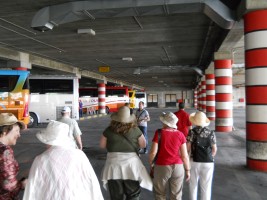
Back on the bus
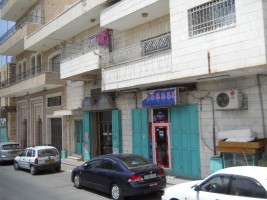
Bethlehem
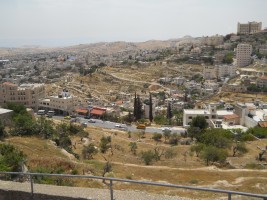
Bethlehem

Bethlehem

Gift shop

Gift shop

Jesus and Mary

Olive wood manger scene

Guard tower

Security wall

Security wall

Security wall

Security wall

Security wall

Checkpoint

Security wall

Security wall

Welcome to Jerusalem

Organic cherry orchard

Reunite with Tzachi

Lunch at the Ramat Rachel Hotel

Ramat Rachel Hotel

Rachel?

Cigarette vending machine